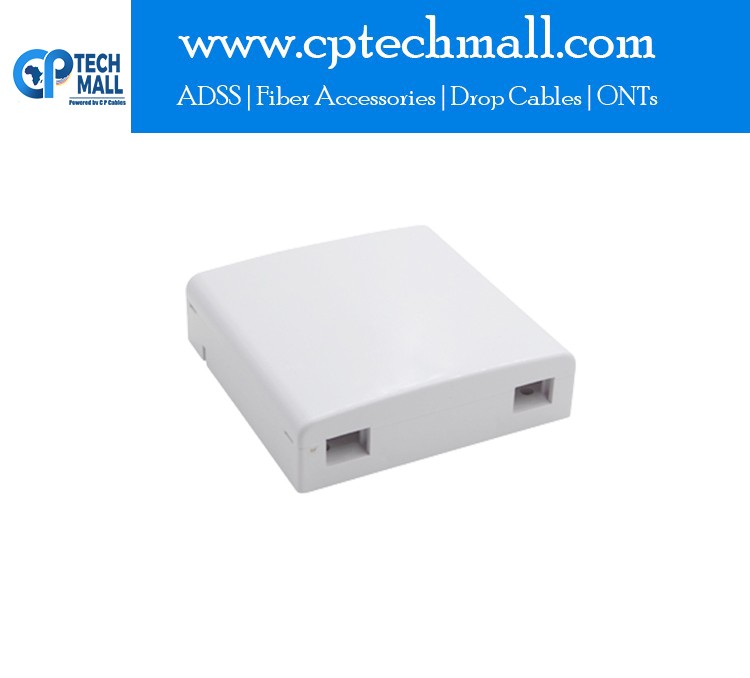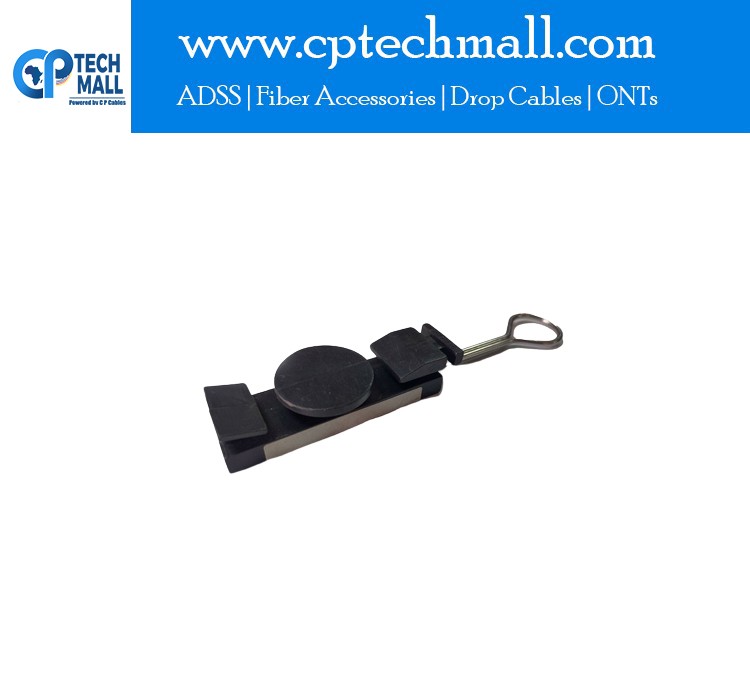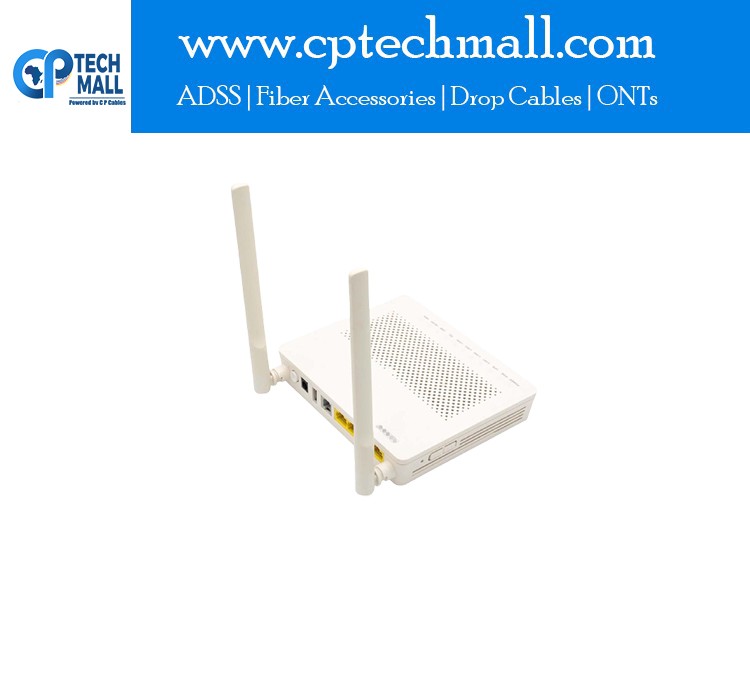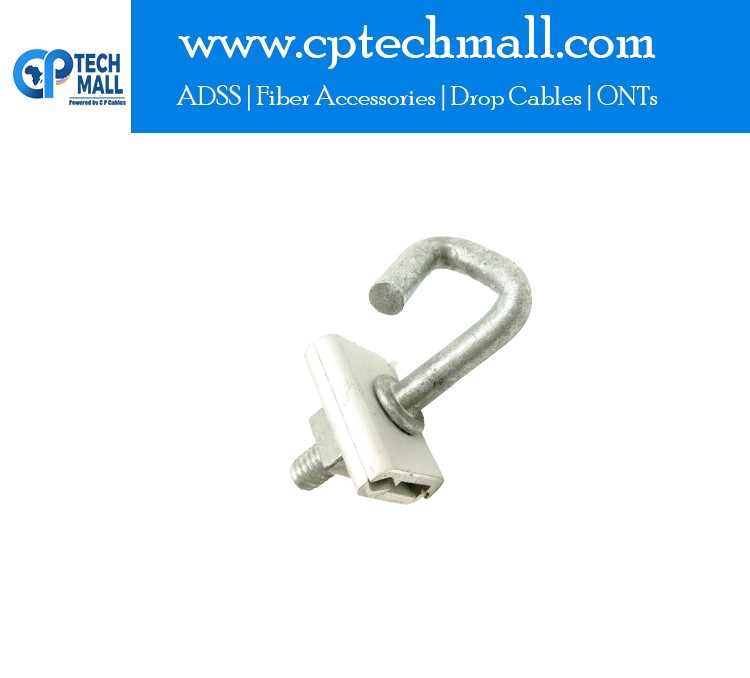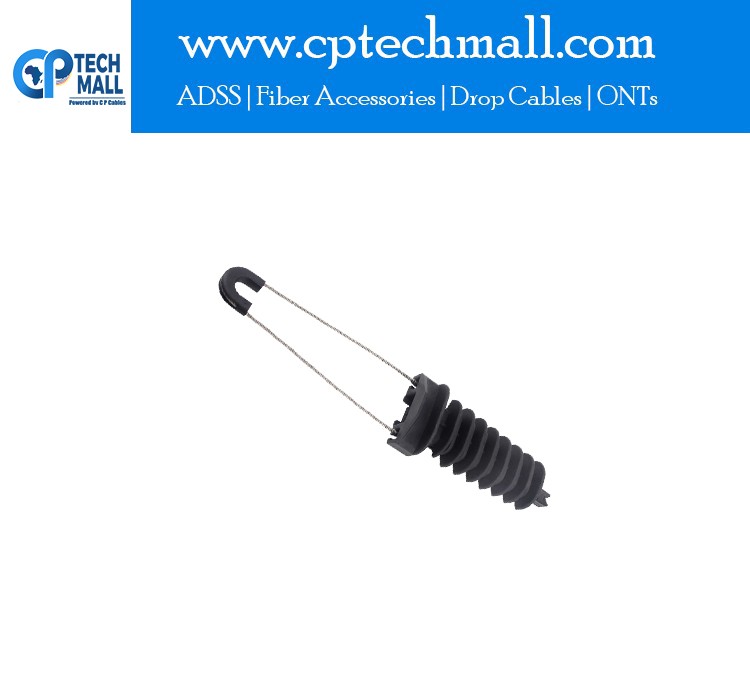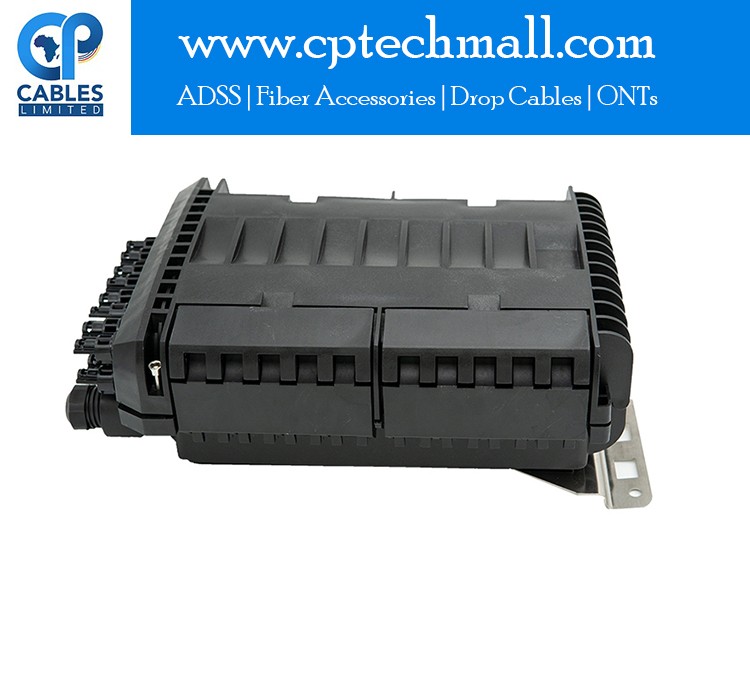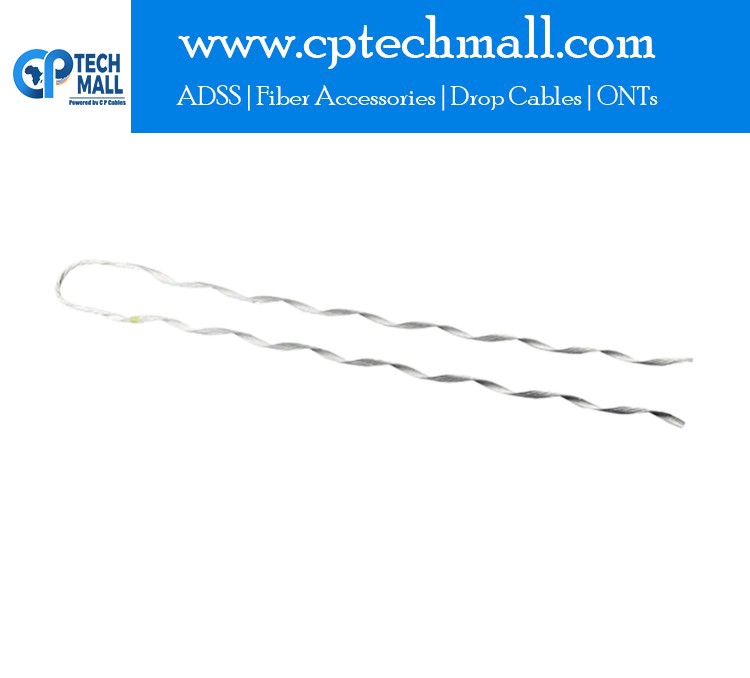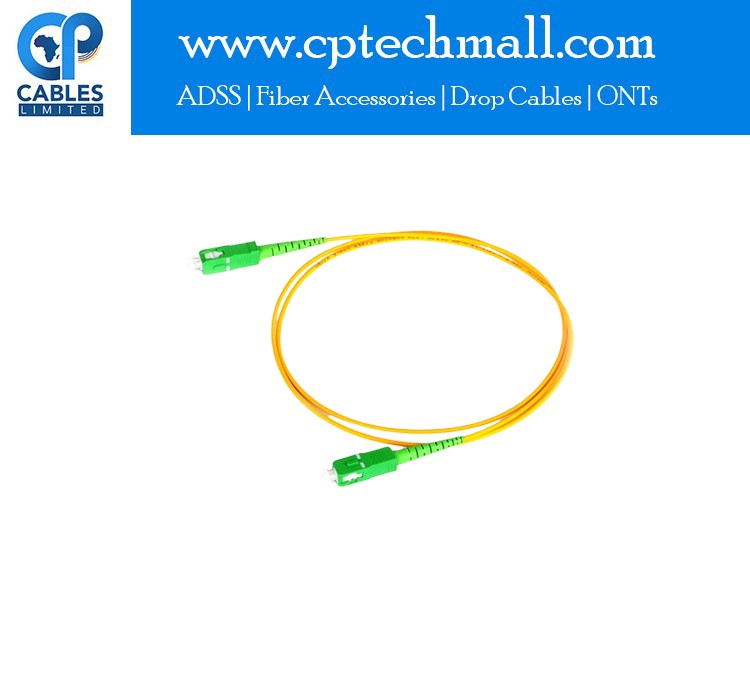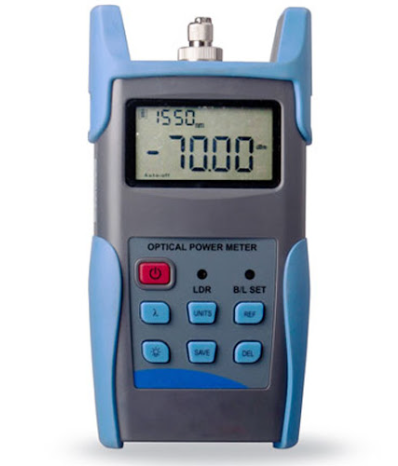

Optical Power Meter
Inhouse product
-
Access Terminal Box - Empty ATB
$. 0.45 -
Buckle Clips C201
$. 0.16 -
Anchoring Clamp for FTTH
$. 0.20 -
Fiber Sleeves - 60mm
$. 0.04 -
ONU XPON Router - Long Antennae
$. 19.50 -
J Hook Clamp - Small (8-12 mm)
$. 2.25
Design and Features
An optical power meter typically consists of a handheld unit with a digital display, control buttons, and a fiber optic connector. The device is designed to be portable, lightweight, and easy to use, often featuring a robust exterior to withstand field conditions. The digital display provides clear, real-time readings of the optical power, usually measured in decibels (dBm) or milliwatts (mW), depending on the user’s preference.
The device includes a photodetector, which converts the incoming light signal into an electrical signal that can be measured and displayed. The photodetector is calibrated to respond to specific wavelengths, commonly ranging from 800 nm to 1650 nm, which covers the standard wavelengths used in fiber optic communications, such as 1310 nm and 1550 nm.
Specifications
- Wavelength Range: Typically covers 800 nm to 1650 nm, suitable for most fiber optic systems
- Measurement Range: Usually from -70 dBm to +10 dBm, depending on the model
- Accuracy: High precision, often within ±0.2 dB
- Connector Types: Compatible with various connector types like SC, FC, ST, and LC
- Display: Digital LCD or OLED screen with backlighting for easy reading in different lighting conditions
- Power Source: Battery-operated, often with rechargeable options, providing several hours of continuous use
- Dimensions: Compact and handheld, typically around 6 to 8 inches in length
- Weight: Lightweight, often less than 300 grams for easy portability
- Data Storage: Some models include internal memory for storing measurements and USB connectivity for data transfer
Applications
Optical power meters are used in a variety of applications across fiber optic networks, including during installation, maintenance, and troubleshooting. They are essential for verifying the correct power levels in network components, ensuring that signals are neither too weak (which could lead to data loss) nor too strong (which could cause damage to network equipment). This tool is indispensable for anyone working with fiber optics, from network engineers to field technicians, helping to maintain the reliability and performance of high-speed communication systems.
Advanced Features
Some optical power meters come with additional features such as the ability to measure optical loss, log data, or integrate with software for advanced analysis. Others may include auto-calibration, multiple wavelength testing, and built-in light sources to offer comprehensive testing capabilities. These advanced models are particularly useful in more complex network environments where precise measurements and detailed reporting are critical.
Related products
J Hook Clamp- Big (15-20 mm)
Anchoring Clamp for FTTH
Pigtail Clamp
ADSS Tension Clamps ( PA 1500 )
J Hook Clamp - Medium (10-16 mm)
1961

